How to Move to Sint Maarten: Your Essential Guide!
If you’re considering a move to Sint Maarten, you’re not alone. This beautiful Caribbean island is home to a vibrant community of expats from all over the world. However, relocating to a new country can be an overwhelming experience. From navigating residency requirements to finding a place to live, there are many things to consider.
That’s why we’ve put together this comprehensive guide for moving to Sint Maarten. Whether you’re moving for work, retirement, or simply a change of scenery, our guide will provide you with all the information you need to make a smooth transition to island life.
In this guide, we’ll cover everything from residency requirements and finding accommodation to education and healthcare options. We’ll also provide insights into the job market, cost of living, and social life on the island. Plus, we’ll offer tips on how to embrace and respect the local culture and integrate into the community.
So, if you’re wondering how to move to Sint Maarten, look no further. Our guide will provide you with all the information you need to make your relocation a success.
Table of Contents
- 1 Key Takeaways
- 2 How to Move to Sint Maarten?
- 3 Living in Sint Maarten: An Overview of Island Life
- 4 Sint Maarten Residency Requirements: Understanding the Process
- 5 Finding Accommodation in Sint Maarten: Tips and Options
- 6 Education and Healthcare in Sint Maarten: What to Expect
- 7 Employment Opportunities in Sint Maarten: Industries and Job Market
- 8 Cost of Living in Sint Maarten: Budgeting for your Move
- 9 Social Life and Recreation in Sint Maarten: Exploring the Island
- 10 Moving with Family: Settling in Sint Maarten with Children
- 11 Safety and Security in Sint Maarten: Tips for Expatriates
- 12 Cultural Integration in Sint Maarten: Embracing the Local Culture
- 13 Final Steps: Making the Move to Sint Maarten
- 14 Conclusion
- 15 FAQs: How to Move to Sint Maarten?
- 15.1 Q: What should be included in a comprehensive guide for moving to Sint Maarten?
- 15.2 Q: What are the advantages of relocating to the Dutch side of Sint Maarten?
- 15.3 Q: What are the residency requirements and immigration process for moving to Sint Maarten?
- 15.4 Q: How can I find accommodation in Sint Maarten?
- 15.5 Q: What should I expect from the education and healthcare systems in Sint Maarten?
- 15.6 Q: What are the employment opportunities in Sint Maarten?
- 15.7 Q: How much does it cost to live in Sint Maarten?
- 15.8 Q: What recreational activities and attractions are available in Sint Maarten?
- 15.9 Q: What should families know before moving to Sint Maarten?
- 15.10 Q: How safe is Sint Maarten for expatriates?
- 15.11 Q: How can expats embrace the local culture in Sint Maarten?
- 15.12 Q: What are the final steps for making a successful move to Sint Maarten?
- 16 Author
Key Takeaways
- Moving to Sint Maarten requires obtaining a residency permit, which can be obtained through the Department of Immigration and Naturalization.
- To apply for a residency permit, you will need a valid passport, proof of income, and a clean criminal record.
- Sint Maarten has a high cost of living, so it’s important to research and plan your finances accordingly.
- It’s also important to research housing options, as housing can be expensive and in high demand.
- Sint Maarten is a popular tourist destination, so there are many opportunities for employment in the hospitality industry.
- It’s important to understand the culture and customs of Sint Maarten, as well as the laws and regulations governing residency and employment.
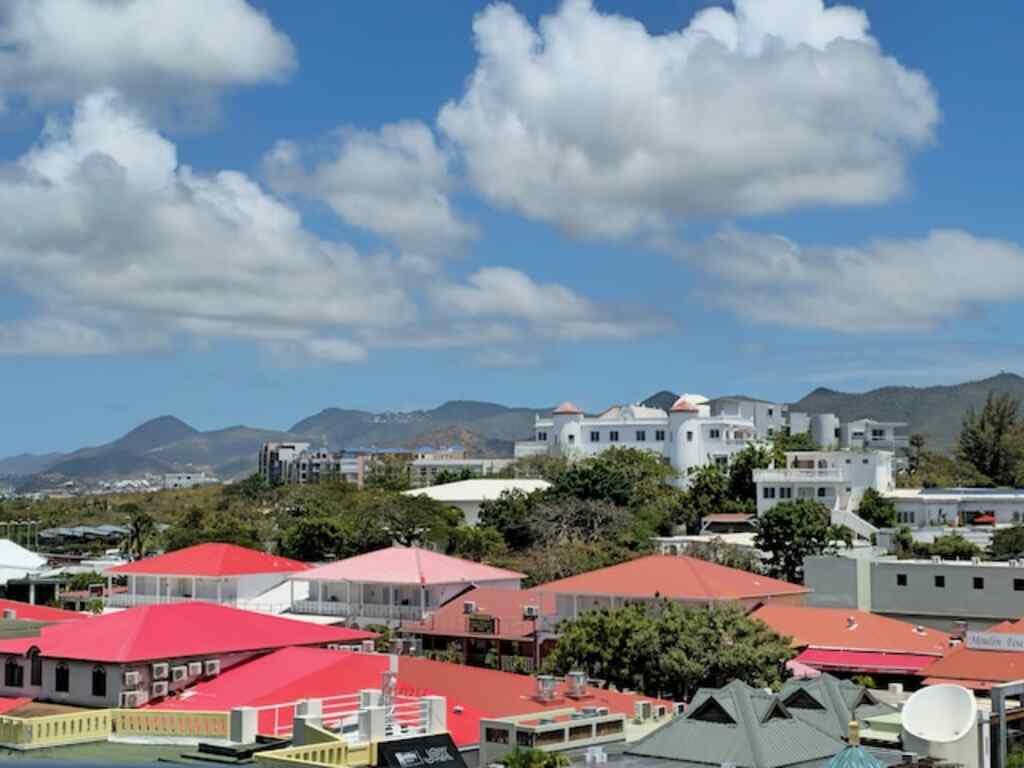
How to Move to Sint Maarten?
To move to Sint Maarten, you will need to obtain a residency permit, which requires a valid passport, proof of income, and a clean criminal record.
Living in Sint Maarten: An Overview of Island Life
Sint Maarten is a unique island in the Caribbean known for its sandy beaches, crystal-clear waters, and a vibrant culture. If you’re considering relocating, it’s important to know what to expect from island life.
The Dutch side of Sint Maarten offers a rich blend of European and Caribbean culture, with a laid-back lifestyle that caters to both tourists and residents. Expats can enjoy a warm and welcoming community, a variety of delicious cuisine, and a range of recreational activities.
Weather and Climate
Sint Maarten has a tropical climate with consistent temperatures throughout the year, averaging around 80°F (27°C). The island is prone to hurricanes during the rainy season, which runs from June to November. However, the tourism industry has taken extensive measures to prepare for such events and to ensure the safety of residents and visitors alike.
Cultural Scene
Sint Maarten has a lively cultural scene, with a variety of music, festivals, and art exhibitions throughout the year. The island is home to a diverse mix of nationalities, including locals, expats, and international students. This provides a unique opportunity for cultural exchange and a chance to make lifelong friends.
Transportation
The public transportation system in Sint Maarten is relatively limited, with the island predominantly reliant on personal vehicles. Taxis and car rentals are widely available for those who prefer not to own a car. Bicycles are also a popular mode of transportation, with dedicated bike lanes in some areas.
Cost of Living
The cost of living in Sint Maarten is higher than many other Caribbean islands, mainly due to its status as a tourist destination. However, expats can enjoy a comfortable lifestyle with careful budgeting. Housing and utilities tend to be the biggest expenses, but there are also opportunities to save money by shopping at local markets and cooking at home.
Language
The official languages of Sint Maarten are Dutch and English. However, many locals also speak a unique Creole called “Sint Maarten Creole,” which combines elements of African, Portuguese, and French languages.
Overall, living in Sint Maarten can be a rewarding and exciting experience for those looking for a tropical island lifestyle with a vibrant cultural scene.
Sint Maarten Residency Requirements: Understanding the Process
If you’re considering a move to Sint Maarten, it’s important to understand the residency requirements and immigration process. The island’s government has specific regulations in place for foreigners looking to relocate and establish residency in Sint Maarten.
To begin the process, you’ll need to apply for a residence permit, which can be obtained through the Department of Immigration and Border Protection. There are several types of permits available, including work permits, student permits, and family permits, to name a few.
It’s important to note that the application process can be lengthy, so it’s advisable to start the process well in advance of your intended move date. You’ll need to provide a variety of documents, including a valid passport, proof of income, and a local address where you plan to reside.
| Type of Permit | Description |
|---|---|
| Work Permit | For those seeking employment opportunities on the island. |
| Student Permit | For those enrolled in a local school or university. |
| Family Permit | For those joining a family member who already has residency on the island. |
Once your application is submitted, it will be reviewed by the immigration authorities. Upon approval, you’ll be issued a residency permit, which will allow you to establish residency in Sint Maarten.
It’s important to keep in mind that residency permits are not permanent and will need to be renewed periodically. The renewal process is typically less involved than the initial application, but it’s still important to keep track of expiration dates and submit renewals in a timely manner.
Overall, the residency requirements and immigration process for Sint Maarten can seem daunting, but with the right preparation and attention to detail, it’s possible to successfully navigate the system and establish residency on this beautiful Caribbean island.
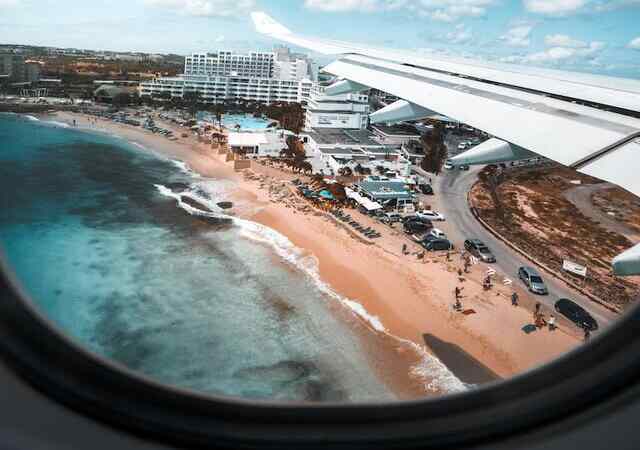
Finding Accommodation in Sint Maarten: Tips and Options
Sint Maarten has a variety of accommodation options to suit different preferences and budgets. Whether you are looking for a luxurious villa or a more modest apartment, there are plenty of options available to choose from.
Rental Options
Renting a property is a popular choice for expats in Sint Maarten. There are many houses, apartments, and condominiums available for rent, both furnished and unfurnished. The rental market is competitive, so it’s important to start your search early. One way to find a rental property is through local real estate agencies. These agencies have access to a wide variety of listings and can help you find the property that meets your needs.
Another option is to use online classified websites or social media groups to find rental properties. However, exercise caution and thoroughly research the property and landlord before signing any rental agreements.
Popular Areas
The popular areas for expats to live in Sint Maarten are Maho, Cupecoy, Pelican, and Simpson Bay. Maho and Cupecoy are located on the western side of the island and are close to the American University of the Caribbean School of Medicine. Pelican and Simpson Bay are located on the eastern side of the island and have easy access to beaches, restaurants, and nightlife.
Tips for a Smooth Relocation
When relocating to Sint Maarten, it’s important to plan ahead and make arrangements for your housing before you arrive. Here are some tips to help you find the perfect accommodation:
- Research the different areas of the island and determine which area best suits your lifestyle and budget
- Start your search for accommodation early to avoid missing out on desirable properties
- Read rental agreements carefully and negotiate terms before signing
- Consider transportation options and the proximity of your accommodation to your workplace or daily activities
Education and Healthcare in Sint Maarten: What to Expect
When relocating to a new country, it’s important to consider the quality of education and healthcare available. Sint Maarten offers a range of options for both, ensuring that expats and their families have access to essential services.
Education System in Sint Maarten
Sint Maarten has a diverse education system with private and public schools, as well as international schools. The language of instruction is primarily Dutch, but there are also schools that offer bilingual education in English and Dutch.
For higher education, the University of St. Martin offers undergraduate programs in various fields, including business, education, and hospitality. Additionally, there are vocational schools and training centers that provide technical and vocational education and training programs.
Healthcare System and Medical Facilities
Sint Maarten has a number of medical facilities that offer health services, including the Sint Maarten Medical Center and the St. Martin Health Care Complex. There are also private clinics and medical practices available.
Expats should note that healthcare in Sint Maarten can be expensive, and it is recommended to have comprehensive health insurance coverage before relocating. Emergency services are provided by the Ambulance Department and the Coast Guard.
Overall, Sint Maarten’s education and healthcare systems provide adequate services for expats and their families. It’s essential to plan and budget accordingly for these important aspects of living in a new country.
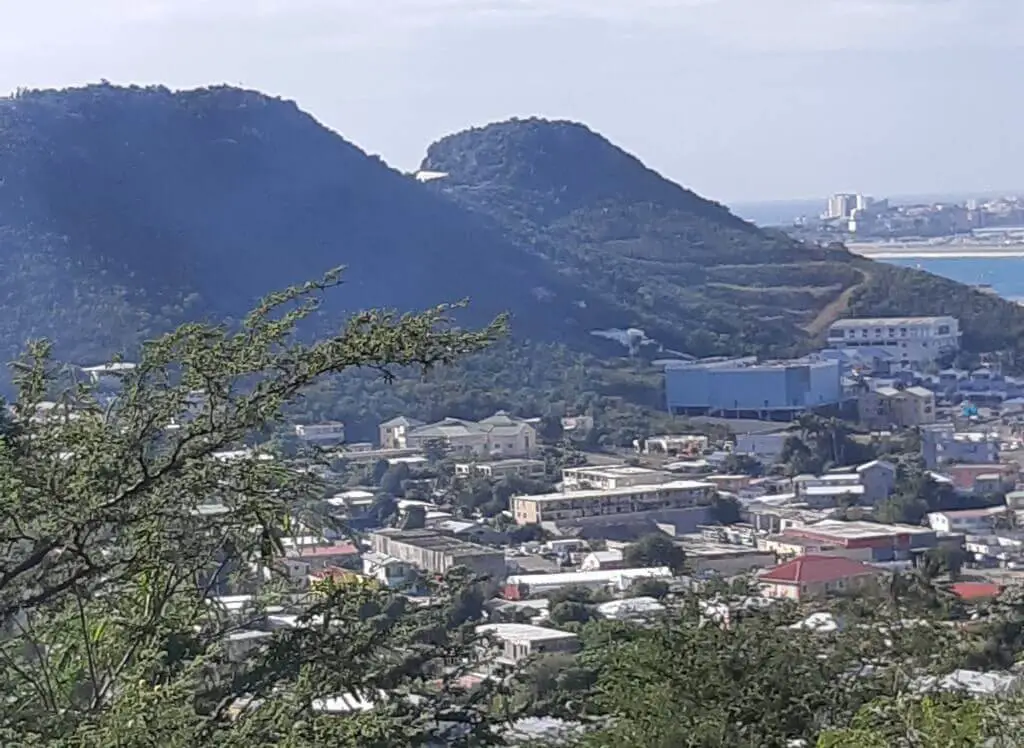
Employment Opportunities in Sint Maarten: Industries and Job Market
Sint Maarten’s economy is primarily based on tourism, with the majority of job opportunities in the hospitality and service industries. The island’s two main sources of income are the Princess Juliana International Airport and the seaport, which both drive the tourism industry. Additionally, construction and real estate are growing industries, as the island continues to develop and expand.
Expats with experience in the hospitality and service industries are in high demand in Sint Maarten, particularly in roles such as hotel management, food and beverage, and customer service. The island also offers opportunities for skilled workers in construction, engineering, and healthcare.
English is widely spoken in Sint Maarten, but knowledge of Dutch, French, and Spanish can also be an asset in certain industries. Networking and establishing professional relationships can also be a valuable strategy for finding employment opportunities.
It is important to note that the cost of living in Sint Maarten can be high compared to other Caribbean islands, and salaries may not be as competitive as in other countries. Job seekers should also be aware that work permits are required for expats, and it is recommended to secure a job before moving to the island.
Cost of Living in Sint Maarten: Budgeting for your Move
Relocating to Sint Maarten requires careful budgeting and planning. The cost of living in Sint Maarten can be higher than in other countries, due to its status as a popular tourist destination. However, with some careful planning, you can still enjoy a comfortable life on the island.
Housing Costs
Housing costs in Sint Maarten vary depending on the area and the type of accommodation. On average, expats can expect to pay around $1,500 to $2,500 per month for a two-bedroom apartment. Those looking for more luxurious accommodation can expect to pay more, while more modest homes can be found for less. It’s best to research housing options and costs before arriving on the island to avoid any surprises.
Transportation Costs
Transportation costs in Sint Maarten can also add up quickly, especially if you plan to own a car. Gas prices on the island are high, and car insurance can be expensive for expats. However, there are other more affordable transportation options available, such as public buses and shared taxis, which can be a good alternative for those on a budget.
Grocery Costs
Grocery costs in Sint Maarten can be higher compared to other countries due to the island’s reliance on imported goods. However, there are many local markets where fresh produce can be bought at affordable prices. To save money, it’s best to shop at these markets and cook your own meals at home.
Entertainment Costs
Sint Maarten is known for its beautiful beaches and vibrant nightlife, but these activities can add up quickly. A night out at a popular bar or restaurant can cost around $50 to $100 per person, while more expensive clubs can charge even more. However, there are many free or affordable activities to enjoy on the island, such as hiking or visiting local cultural sites.
Overall Budget
Expats can expect to spend around $2,500 to $3,500 per month to maintain a comfortable standard of living in Sint Maarten. However, this can vary depending on individual lifestyle choices and circumstances. It’s important to budget carefully before moving to the island, and to have some savings set aside for unexpected expenses.
With some careful planning and budgeting, living in Sint Maarten can be an affordable and enjoyable experience for expats. By considering the costs of housing, transportation, groceries, and entertainment, you can create a realistic budget that will help you make the most of your relocation.
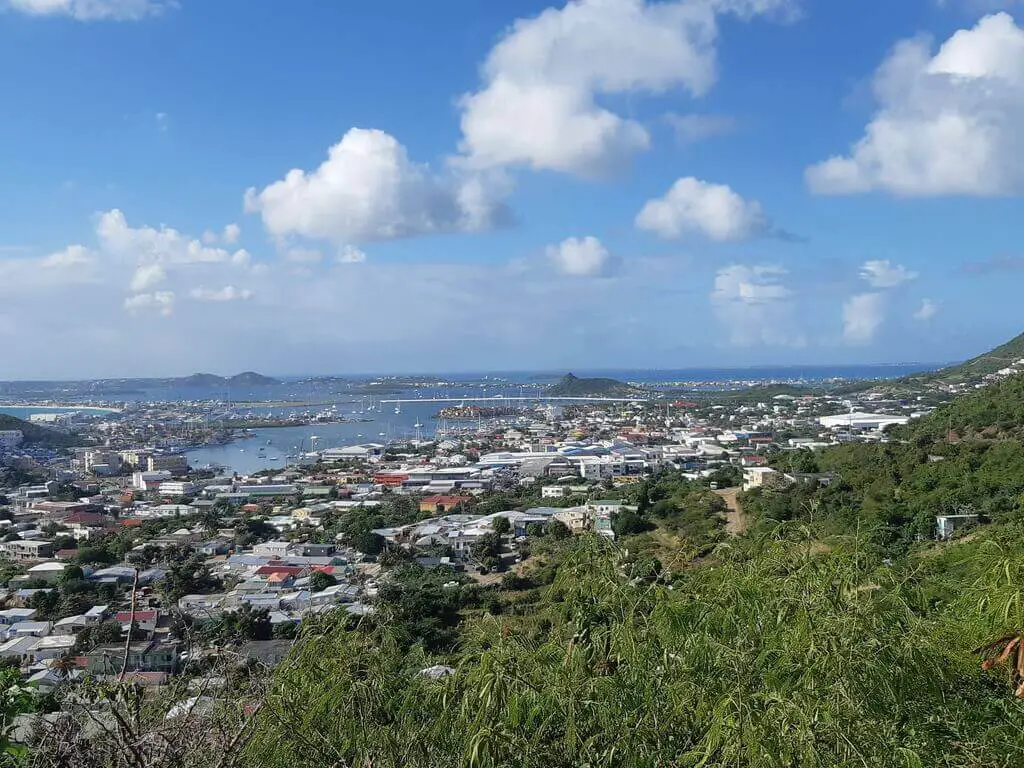
Social Life and Recreation in Sint Maarten: Exploring the Island
Living in Sint Maarten offers plenty of opportunities for socializing and exploring the beautiful island. With its stunning beaches, vibrant nightlife, and exciting outdoor activities, expats can enjoy everything Sint Maarten has to offer.
Beaches
Sint Maarten is famous for its pristine beaches, and residents can take advantage of this natural paradise. Popular beaches include Maho Beach, Mullet Bay, and Cupecoy Beach. These beaches offer crystal-clear waters and soft, white sand, making them perfect for relaxing, swimming, and soaking up the sun. Beachgoers can also enjoy water sports such as jet skiing, snorkeling, and parasailing.
Nightlife
Sint Maarten’s nightlife is famous for its diverse and lively scene, which caters to all tastes. The island offers a wide range of bars, clubs, and casinos for those who enjoy a night out. Popular nightlife spots include Simpson Bay, Maho, and Pelican Key, where residents can enjoy live music, dancing, and a variety of cuisines. The island also hosts several festivals throughout the year, such as the Heineken Regatta and the Carnival, which offer a chance to experience the local culture and celebrate with the community.
Outdoor Activities
In addition to its beaches and nightlife, Sint Maarten has plenty of outdoor activities for residents to explore. Residents can experience the island’s natural beauty by hiking, biking, or horseback riding through the hills and valleys. The island’s abundant marine life makes it an excellent location for fishing and scuba diving. Additionally, residents can explore the island’s cultural heritage by visiting historic sites such as the Fort Amsterdam or the Museum of Sint Maarten.
Restaurants and Cuisine
Sint Maarten’s cuisine is a unique blend of Caribbean, European, and African flavors. The island is home to a wide range of restaurants, from casual beach bars to fine dining establishments, offering a variety of cuisines from around the world. Residents can indulge in fresh seafood, Creole cuisine, and international dishes while dining in beautiful waterfront settings.
Overall, Sint Maarten offers a fantastic lifestyle with something for everyone. Whether you prefer lounging on the beach, exploring the nightlife, or experiencing outdoor adventures, Sint Maarten provides excellent opportunities to enjoy Caribbean island living.
Moving with Family: Settling in Sint Maarten with Children
Moving to a new country with children can be a daunting experience. But rest assured, Sint Maarten offers a family-friendly environment, with a range of resources and activities for kids of all ages. Here are some tips to help you settle in with your family:
Education Options
Sint Maarten has a variety of educational institutions, including public and private schools, as well as international schools. Public schools are free of charge and follow the Dutch educational system, while private schools offer a more diverse curriculum and smaller class sizes. International schools cater to expat families and offer programs in English or other foreign languages.
It’s important to research the different options and consider the needs of your children before making a decision. Enrollment requirements and deadlines may vary, so be sure to plan ahead.
Childcare Facilities
For younger children, there are numerous daycare centers available on the island. These facilities offer structured care and educational programs for children from infancy to preschool age.
In addition, many private schools and international schools offer after-school programs and extracurricular activities for children of all ages.
Family-Friendly Activities
Sint Maarten has plenty of activities and attractions that are fun for the whole family. The island’s beautiful beaches provide endless opportunities for swimming, snorkeling, and other water sports.
You can also explore the island’s nature reserves, such as the St. Maarten Nature Reserve, where you can go on guided hikes and discover the island’s flora and fauna. Families can also enjoy the interactive exhibits at the St. Maarten Zoo or the Butterfly Farm, which houses over 40 species of butterflies.
Connecting with Other Families
Joining local expat groups and social networks can be a great way for families to meet other families and make new friends. Many of these groups organize regular meetups, playdates, and social events for families.
The island also has several community centers that offer family activities and events, such as movie nights, game nights, and cultural celebrations.
Moving to Sint Maarten with children can be challenging, but with the right preparation and resources, it can also be a wonderful adventure for the whole family.

Safety and Security in Sint Maarten: Tips for Expatriates
As with any new country, safety and security should be a top priority for expats moving to Sint Maarten. While the island is generally safe, it’s important to be aware of potential risks and take necessary precautions.
Here are some tips for staying safe in Sint Maarten:
- Keep your valuables secure and avoid wearing flashy jewelry or carrying large amounts of cash.
- Be cautious when using public transportation, and only use licensed taxis.
- Avoid walking alone at night, and stay in well-lit areas.
- Keep your home and car locked at all times.
- Be aware of your surroundings and trust your instincts.
It’s also important to note that Sint Maarten can be affected by hurricanes and tropical storms, particularly during the Atlantic hurricane season from June to November. It’s recommended to stay informed about weather conditions and have a plan in place in case of an emergency.
“Safety and security should be a top priority for expats moving to Sint Maarten.”
If you do experience an emergency, the island has a number of emergency services available. The emergency number is 911, and there are also hospitals and medical facilities throughout the island.
By taking necessary precautions and staying informed, expats can enjoy a safe, secure, and enjoyable experience living in Sint Maarten.
Cultural Integration in Sint Maarten: Embracing the Local Culture
One of the most significant aspects of moving to Sint Maarten is the opportunity to immerse yourself in a new and unique culture. While transitioning to a new environment can be challenging, embracing the local culture can help ease the process of cultural integration. Here are some tips on how to embrace and respect the local culture in Sint Maarten:
- Learn the language: The official languages of Sint Maarten are Dutch and English, but locals also speak a Creole dialect known as Papiamento. Learning some key phrases can help you connect with the community.
- Try the cuisine: Sint Maarten is known for its fusion of French, Dutch, and Caribbean cuisine. Venture out and try some local dishes to get a taste of the island’s unique flavors.
- Participate in cultural events: Sint Maarten hosts several cultural events throughout the year, such as Carnival and the St. Maarten Heineken Regatta. Attending these events can provide insight into the island’s history and traditions.
- Show respect: Always show respect for the local customs and traditions. Dress modestly when visiting religious sites, and avoid touching people’s heads or pointing your feet at someone.
- Make friends: Making local friends can help you connect with the culture on a deeper level. Join local clubs or organizations to meet new people and learn more about the community.
By embracing the local culture in Sint Maarten, you can make your relocation experience more enriching and satisfying. Remember that cultural integration is a process that takes time, but with an open mind and willingness to learn, it can be a rewarding experience.
Final Steps: Making the Move to Sint Maarten
Now that you have all the necessary information about moving to Sint Maarten, it’s time to start planning the final steps of your relocation. To ensure a smooth and successful move, keep the following tips in mind:
1. Shipping Belongings
If you’re planning to bring your personal belongings with you, it’s important to research the best shipping options. Consider the time and cost of shipping by sea or air, and don’t forget to purchase insurance for your items.
2. Transferring Utilities
If you’re renting a home in Sint Maarten, make sure to transfer your utilities, such as electricity, water, and internet, well in advance of your move. You may also need to set up a PO Box if your home address does not receive mail.
3. Settling into Your New Home
Upon arrival, take time to settle into your new home and become familiar with the area. Make sure to check that all utilities are working properly, and consider hiring a cleaning service to ensure your home is clean and ready for you to move in.
4. Meet Your Neighbors
Meeting your neighbors is a great way to make new friends and learn about the local community. Consider hosting a small gathering or attending a local event to get to know your new neighbors.
5. Register with Local Authorities
Once you’ve settled into your new home, make sure to register with local authorities and obtain any necessary permits or visas. This will ensure that you’re able to legally reside in Sint Maarten and may be necessary for accessing certain services.
By following these final steps, you’ll be well on your way to a successful relocation to Sint Maarten. Embrace the local culture, explore the island, and make new friends along the way!
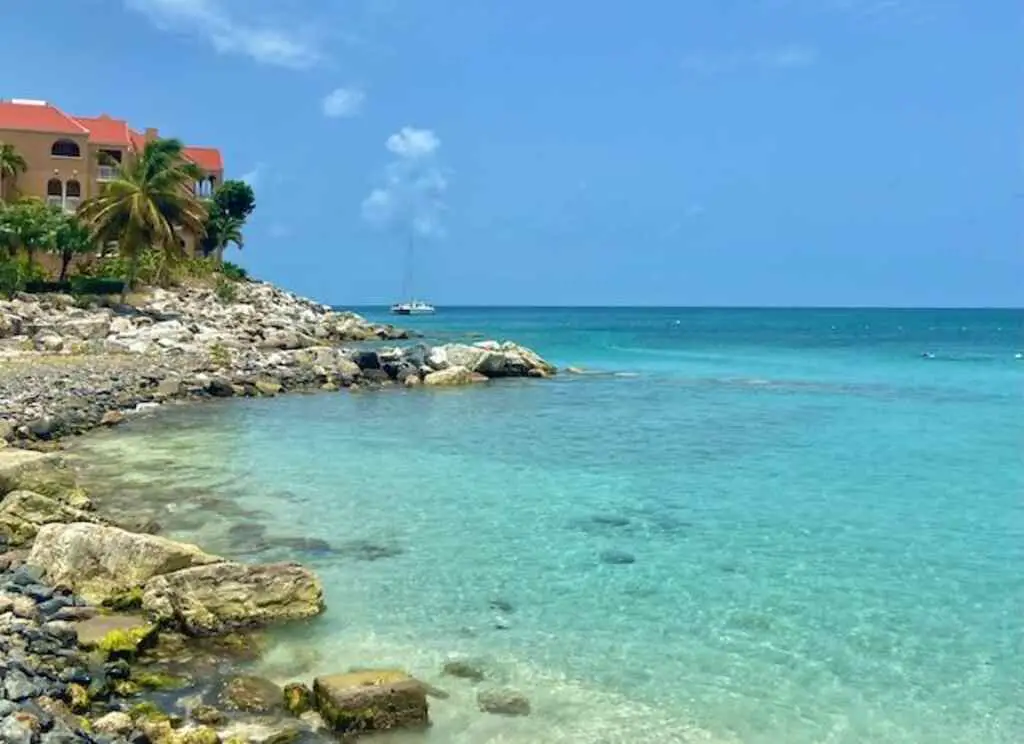
Conclusion
If you’re considering moving to Sint Maarten, it’s important to understand the requirements for obtaining a residency permit, including a valid passport, proof of income, and a clean criminal record. Sint Maarten has a high cost of living, so it’s important to research and plan your finances accordingly.
Housing options can be expensive and in high demand, so it’s important to research and plan your housing options as well. The hospitality industry is a popular employment option in Sint Maarten, but it’s important to understand the laws and regulations governing residency and employment.
By understanding the requirements and planning accordingly, you can enjoy all that Sint Maarten has to offer as a beautiful and vibrant island nation.
FAQs: How to Move to Sint Maarten?
Q: What should be included in a comprehensive guide for moving to Sint Maarten?
A: A comprehensive guide for moving to Sint Maarten should include information on residency requirements, finding accommodation, education and healthcare systems, employment opportunities, the cost of living, social life and recreation, moving with family, safety and security, cultural integration, and final steps for relocation.
Q: What are the advantages of relocating to the Dutch side of Sint Maarten?
A: Relocating to the Dutch side of Sint Maarten offers advantages such as a vibrant and diverse cultural scene, a well-established infrastructure, access to quality healthcare facilities, a strong job market with various industries, and beautiful beaches and recreational activities.
Q: What are the residency requirements and immigration process for moving to Sint Maarten?
A: The residency requirements for moving to Sint Maarten include obtaining the necessary permits and visas, providing required documents such as a valid passport and proof of income, and completing the immigration process through the relevant authorities.
Q: How can I find accommodation in Sint Maarten?
A: Finding accommodation in Sint Maarten can be done by researching popular areas, contacting local real estate agents, and exploring rental options such as apartments, houses, or villas. It is recommended to start the search early and consider factors like proximity to amenities and budget.
Q: What should I expect from the education and healthcare systems in Sint Maarten?
A: Sint Maarten provides schools and universities for education, both public and private. The healthcare system offers accessible medical facilities and services, including hospitals and clinics, to cater to the healthcare needs of residents.
Q: What are the employment opportunities in Sint Maarten?
A: Sint Maarten has job opportunities in various industries, such as tourism, hospitality, finance, and offshore services. Expats can explore employment possibilities through networking, online job portals, or local recruitment agencies.
Q: How much does it cost to live in Sint Maarten?
A: The cost of living in Sint Maarten includes expenses for housing, transportation, groceries, utilities, and entertainment. It is important to budget accordingly and consider factors like rental prices, cost of food, and lifestyle choices.
Q: What recreational activities and attractions are available in Sint Maarten?
A: Sint Maarten offers a range of recreational activities such as water sports, hiking, exploring national parks, and enjoying the island’s beautiful beaches. Additionally, there are vibrant nightlife options and popular tourist attractions to explore.
Q: What should families know before moving to Sint Maarten?
A: Families moving to Sint Maarten should consider education options for children, including schools and childcare facilities. It is also important to research family-friendly activities and amenities available on the island.
Q: How safe is Sint Maarten for expatriates?
A: While Sint Maarten is generally safe, expatriates should take precautions and be aware of their surroundings. It is recommended to familiarize yourself with local laws, emergency services, and follow safety tips to ensure personal security.
Q: How can expats embrace the local culture in Sint Maarten?
A: Expats can embrace the local culture in Sint Maarten by learning about the traditions, customs, and history of the island. Participating in local events, respecting local customs and etiquette, and engaging with the community can foster cultural integration.
Q: What are the final steps for making a successful move to Sint Maarten?
A: To ensure a successful move to Sint Maarten, expats should create a checklist that includes tasks such as shipping belongings, transferring utilities, setting up bank accounts, and registering with local authorities. It is important to plan ahead and seek assistance when needed.


